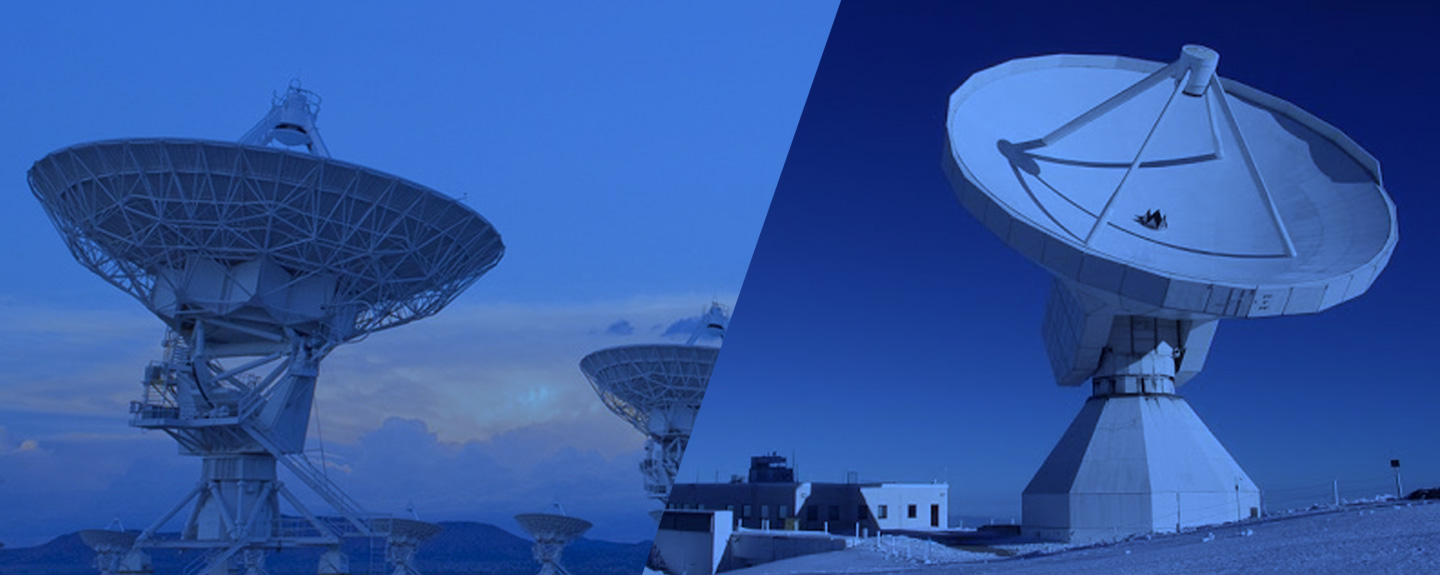I have served on numerous Time Allocation Committees, e.g., IRAM NOEMA/PdBI (chair), 30m telescope (chair), MeerKAT (Review Panel), EVLA, GBT, MPIA Strategic TAC (LBT, Calar Alto, MPG 2.2m), and OVRO. I have also served on various bodies for a number of facilities (including IRAM, NRAO, ngVLA, DSA-2000, JWST-Miri, Pan-STARRS1).

DSA-2000
I serve as the project scientist for the DSA-2000 radio camera project. This facility will be a unique radio survey telescope and multi-messenger discovery engine for the next decade. The array will be the first true radio camera, outputting science-ready image data over the 0.7 - 2 GHz frequency range with a spatial resolution of 3.5 arcsec.
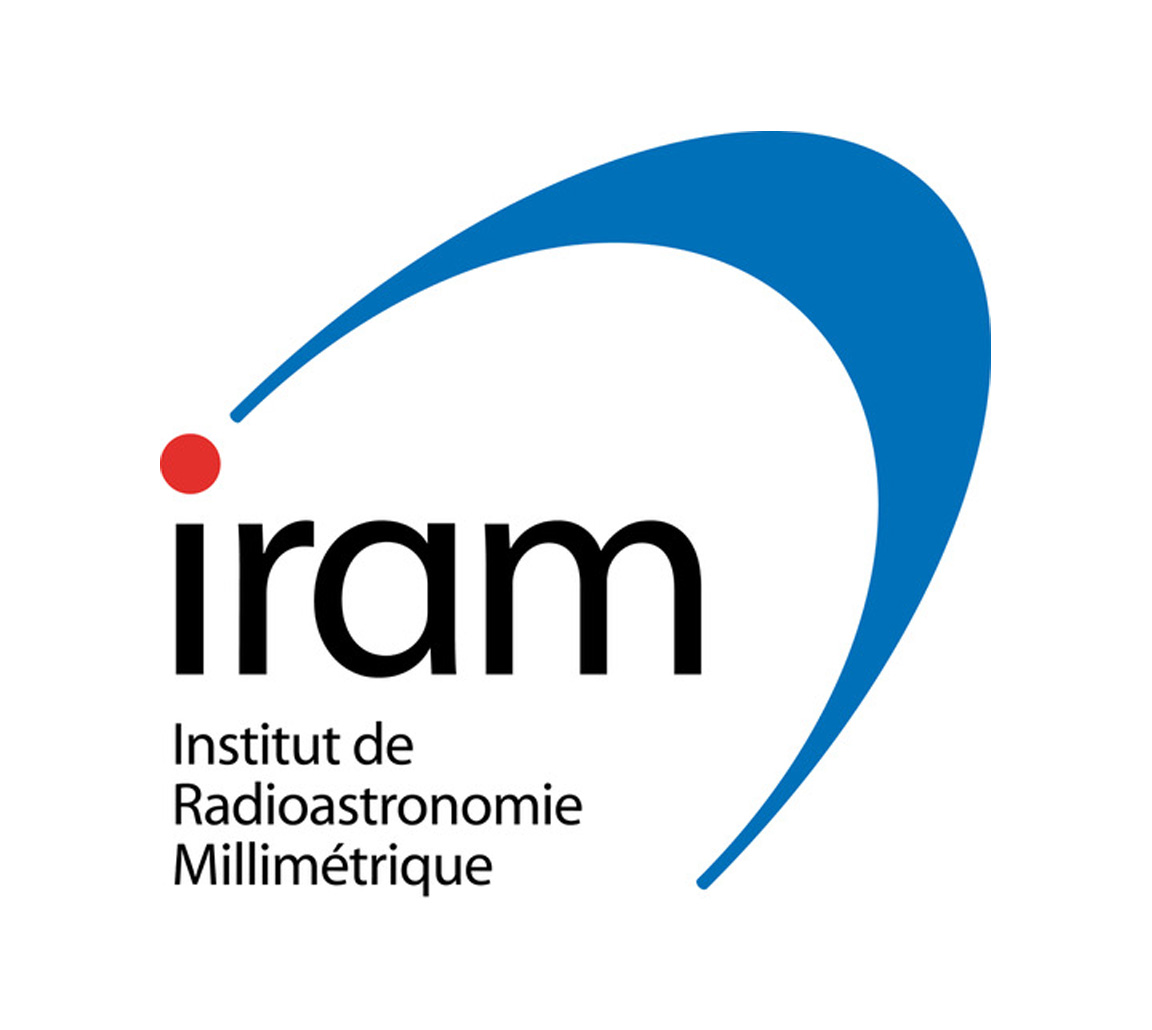
IRAM
I am serving on the IRAM Scientific Advisory Committee (that I chaired in 2018/2019). IRAM is an international research institute for radio astronomy. Its overall objective is to explore the universe and to study its origins and evolution. With the combination of the NOEMA interferometer and the IRAM 30m single dish on Pico Veleta it provides unique opportunities to study gas and dust out to the highest redshifts.
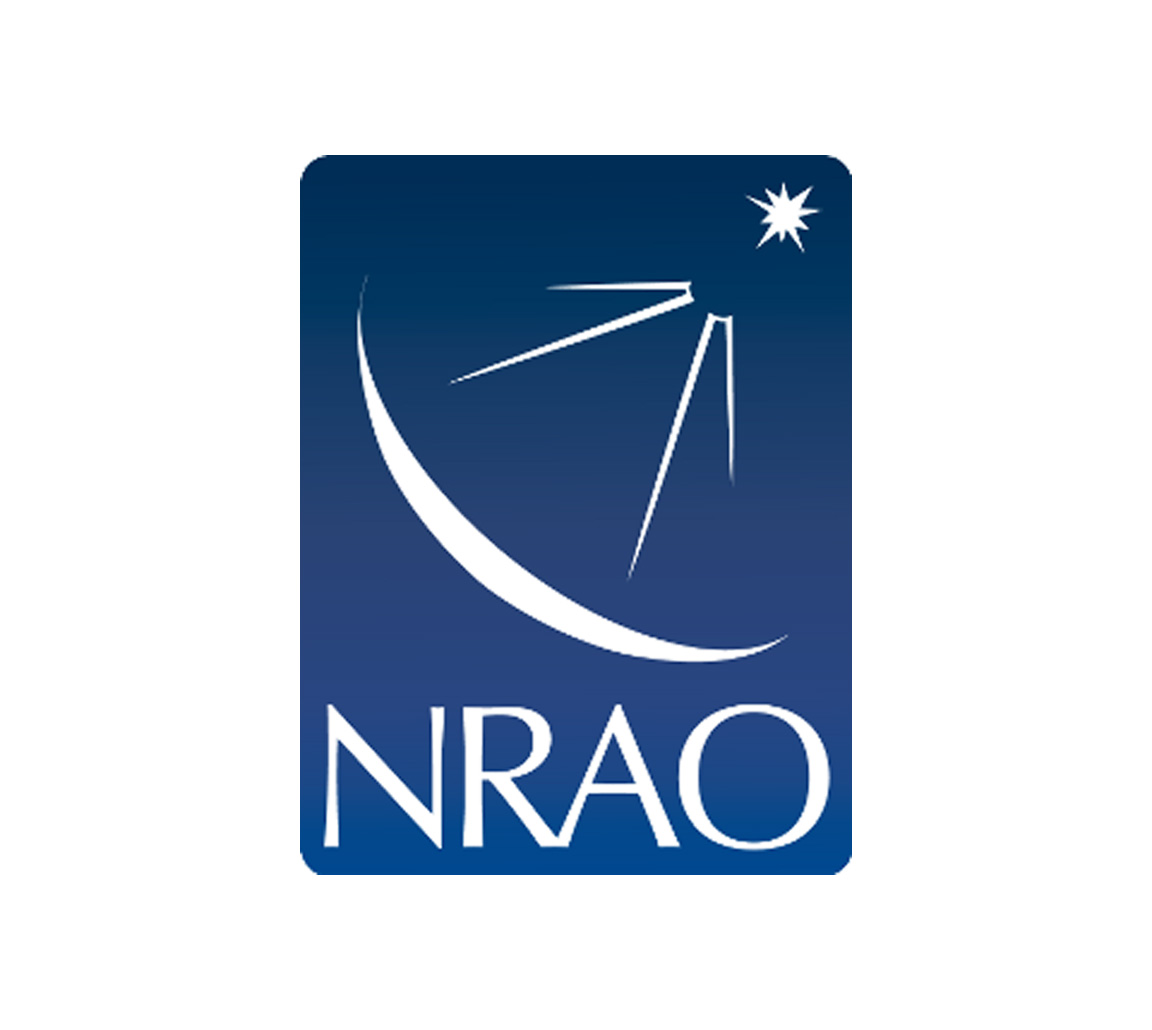
NRAO
I have served on (and chaired) the NRAO’s Users twice over the last decade. Throughout the years, this included discussion of the NRAO Karl G. Jansky Very Large Array (and its successor, the ngVLA), the Very Long Baseline Array, and the Robert C. Byrd Green Bank Telescope. The VLA and the VLBA remain the most powerful radio interferometers on the northern hemisphere.
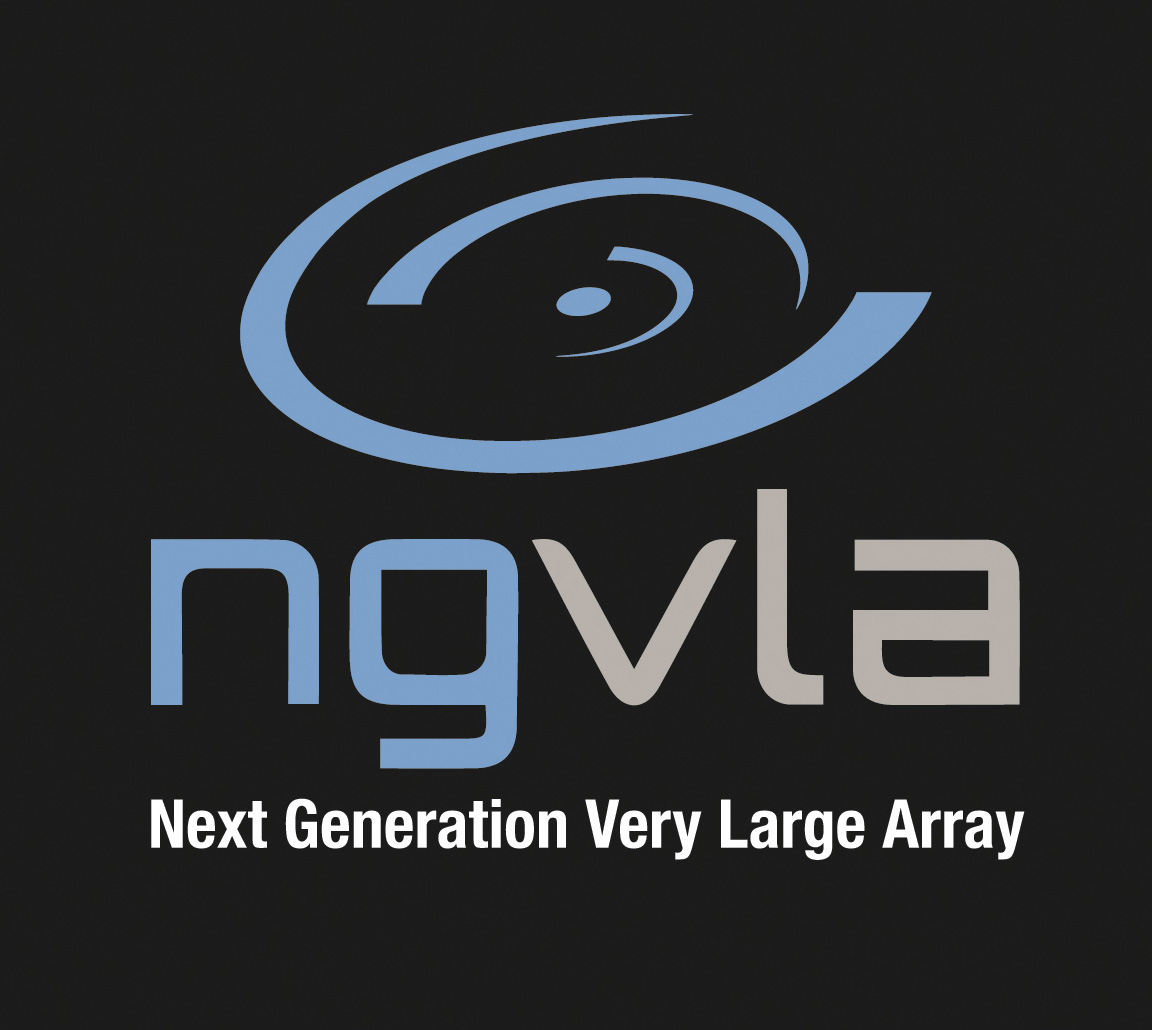
ngVLA
I am serving on the NRAO ngVLA Sience Advisory Committee and its Executive Committee. This large area radio array will be optimized for imaging of thermal emission to milli-arcsecond (mas) scales that will open new discovery space from proto-planetary disks to the most distant galaxies. Within the ngVLA project I am leading the Science Working Group on Galaxy Evolution.
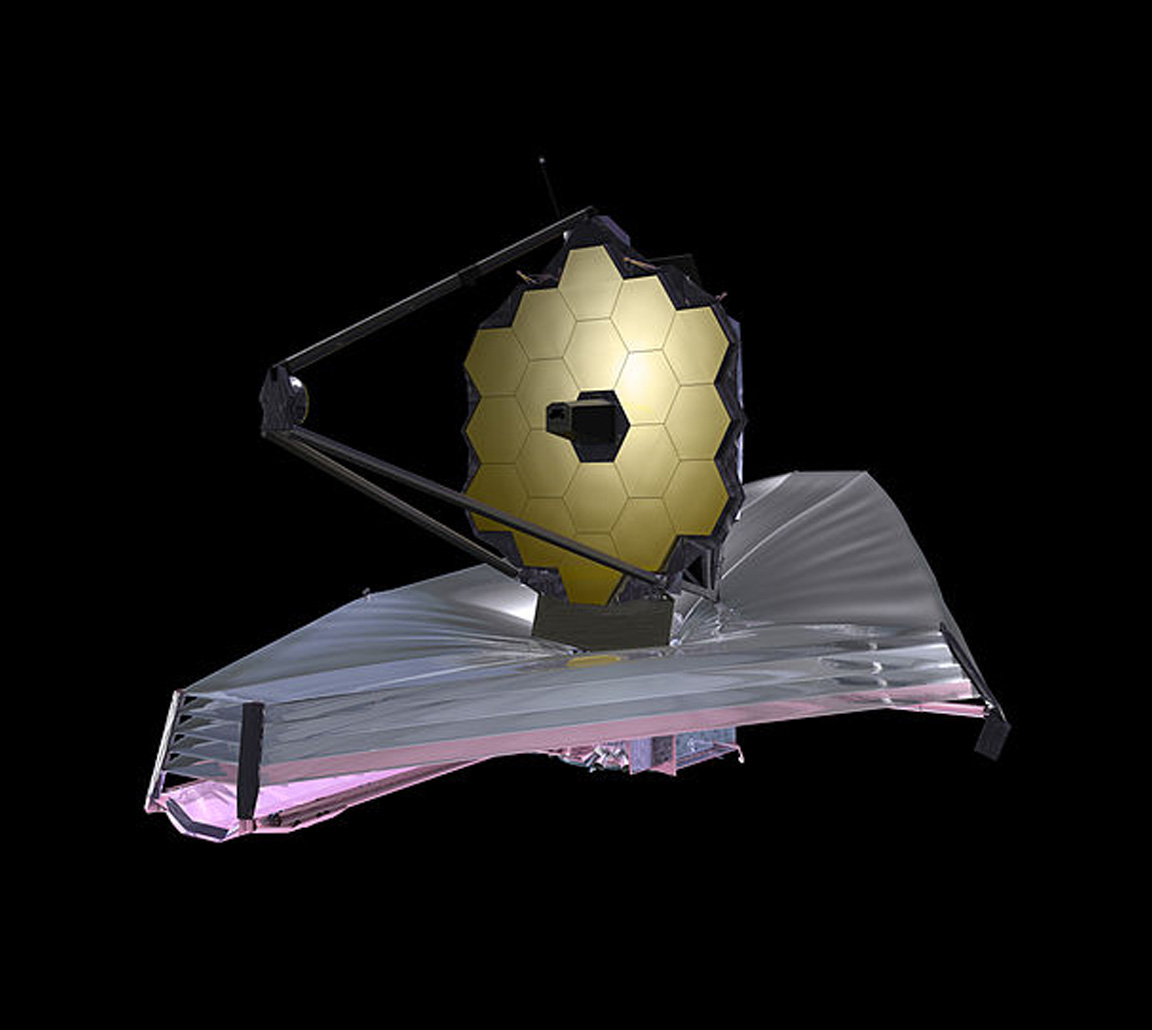
JWST
I am member of the European MIRI consortium. MIRI (Mid InfraRed Instrument) is an infrared camera and spectrometer for the James Webb Space Telescope (JWST). It will operate between wavelengths of 5 to 27 microns, a region which is difficult or impossible to observe from the ground.
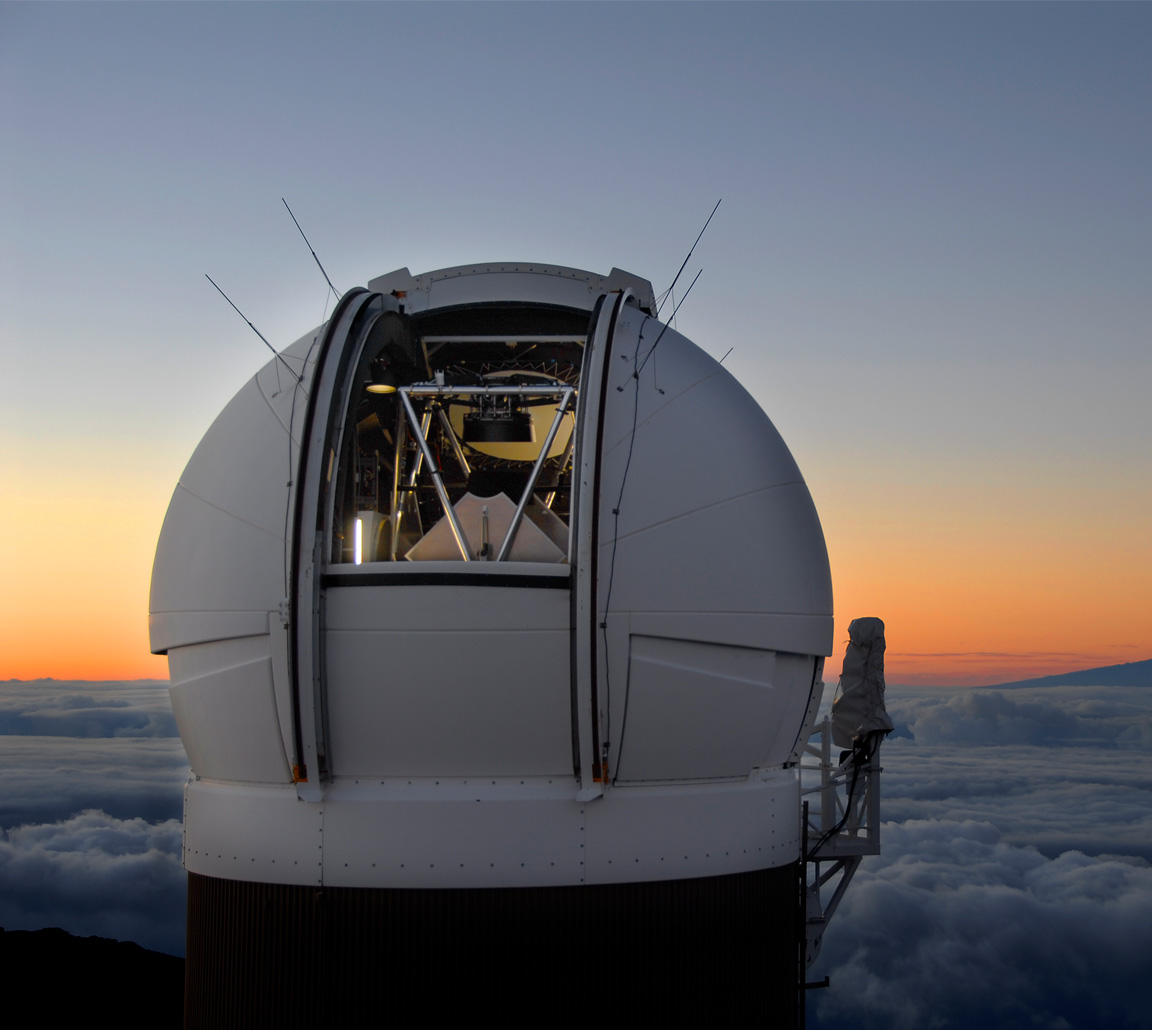
Pan-STARRS1
I have been the lead of the Pan-STARRS1 key project 10 (search for the most distant quasars). Pan-STARRS — the Panoramic Survey Telescope And Rapid Response System — is a system for wide-field astronomical imaging developed and operated by the Institute for Astronomy at the University of Hawaii.
